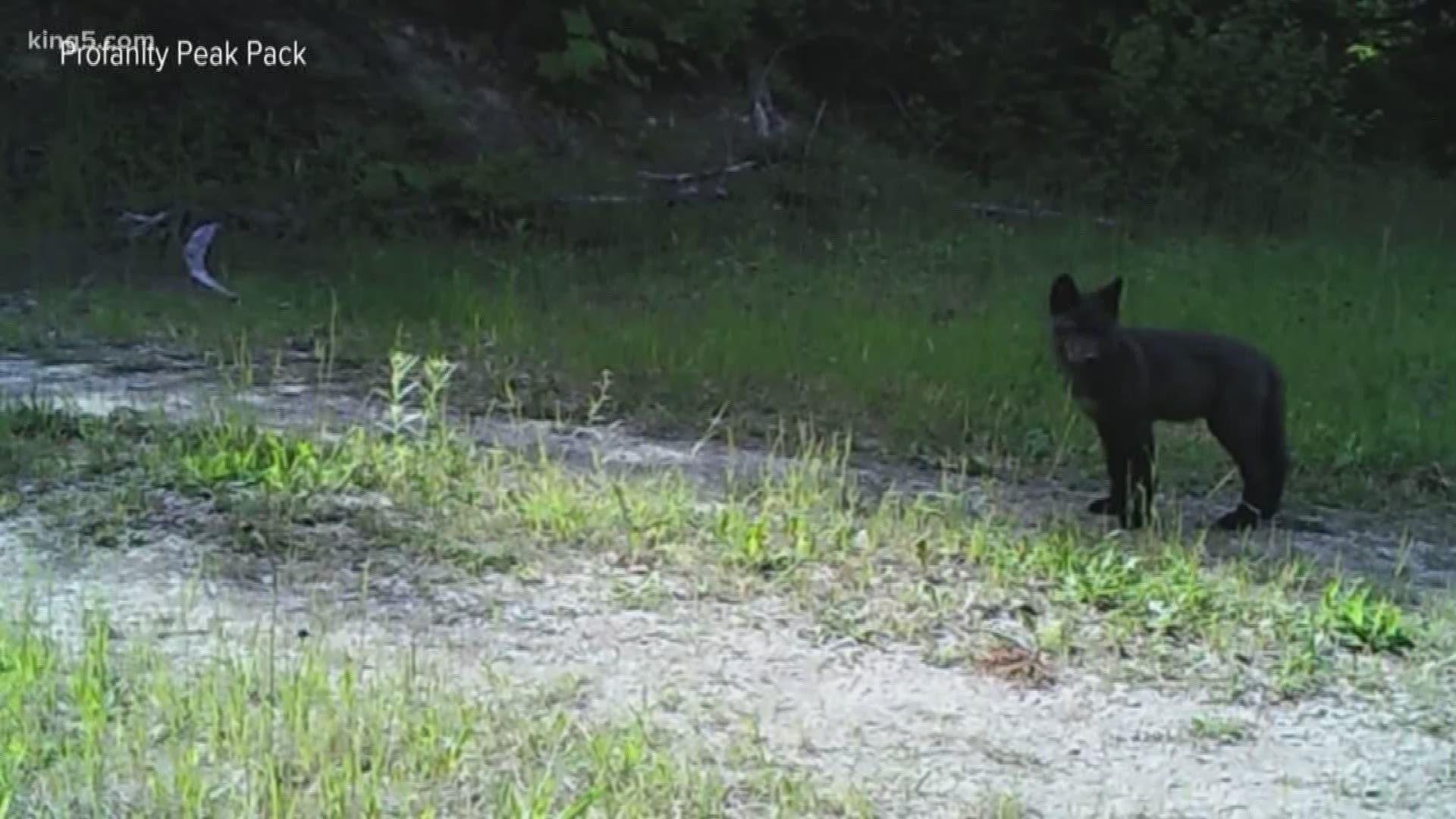FERRY COUNTY, Wash. — After yet another wolf pack was killed last week in northeast Washington, critics of predator management are sounding off about why things need to change.
It was first the Profanity Peak wolf pack in 2016, shot by contractors from helicopters after preying on cattle. Then wolves from the Sherman and Wedge packs were also lethally removed. Members of the Togo pack were killed in 2018 also after attacks on cattle. Then last week, the OPT pack was killed for the same reason, all in the same area of northeast Washington.
"If the goal is to reduce conflicts, killing wolves year after year at the same location is not solving the problem," said Defenders of Wildlife Field Conservation Manager Shawn Cantrell.
It's a sentiment that's found agreement among cattle ranchers and wolf advocates alike: something about wolf management in the Kettle River Range needs to change.
The OPT pack had been involved in 14 livestock depredations in the last 10 months, with nine in the last 30 days, and a total of 29 since September of last year, according to Washington Department of Fish & Wildlife.
The WDFW released information on their website about the removal of the OPT wolf pack, which said in part: "The livestock producer who owns the affected livestock took several proactive, nonlethal, conflict deterrence measures to reduce conflicts between wolves and livestock, and WDFW will continue to monitor for wolf activity in the area and work closely with producers."
The OPT pack's removal came with silence from ranchers and conservationists alike, several even declining to comment when asked by KING 5.
The final four wolves were killed just hours before a court hearing in Seattle, where a judge placed a temporary injunction on the lethal action. But it was too late for the pack's eight wolves who were already dead.
"The state, knowing they had a deadline and knowing there was a possibility even a strong possibility that they were going to be legally barred from doing this, they rushed and managed to slip it in," explained attorney Jonathon Bashford.
But WDFW said removals had already started two weeks prior after another judge refused a request for a restraining order.
"It had been going on for almost two weeks. It was just unfortunately bad timing that it wrapped up on that morning," said Staci Lehman, spokesperson for WDFW. "We understand it is an emotional issue. It really is. For the people out there who love wolves or care about them and care about the recovery of them, it's not only emotional for them, it is for us on our end as well."
There was a ninth wolf traveling with the OPT pack that WDFW believes is still alive, but not part of the OPT pack.
WDFW is beginning a study to collar wolves, cougars, bobcats, moose, deer and elk to track predator and prey interactions. There has been no baseline assessment to understand how a wolf's prey, like deer, elk, etc. have changed as wolf numbers have grown.
But critics question whether prey is an issue for wolves that are competing with cougars and other predators for food.
The likelihood is high that another pack will move into the OPT pack's range, Lehman said. That would likely mean more attacks on cattle and more wolves killed for it.
"For the department to create this void year after year in prime wolf habitat in the Kettle River Range, those wolves never get a chance to disperse," said Bashford. "They are being killed rather than ending up in the Cascades, rather than ending up in the Olympics, rather than ending up throughout their former range across the state."
The year-end minimum population count for 2018 was at least 126 known wolves in 27 known packs including at least 15 breeding pairs, according to WDFW.
Wolf advocates like Cantrell said it's time for the U.S. Forest Service to come up with a better land management plan.
"It is clearly high-quality wolf habitat so simply killing the wolves isn't solving the problem," said Cantrell. "It's like Groundhog Day, we are just going to repeat the same thing over and over again."

